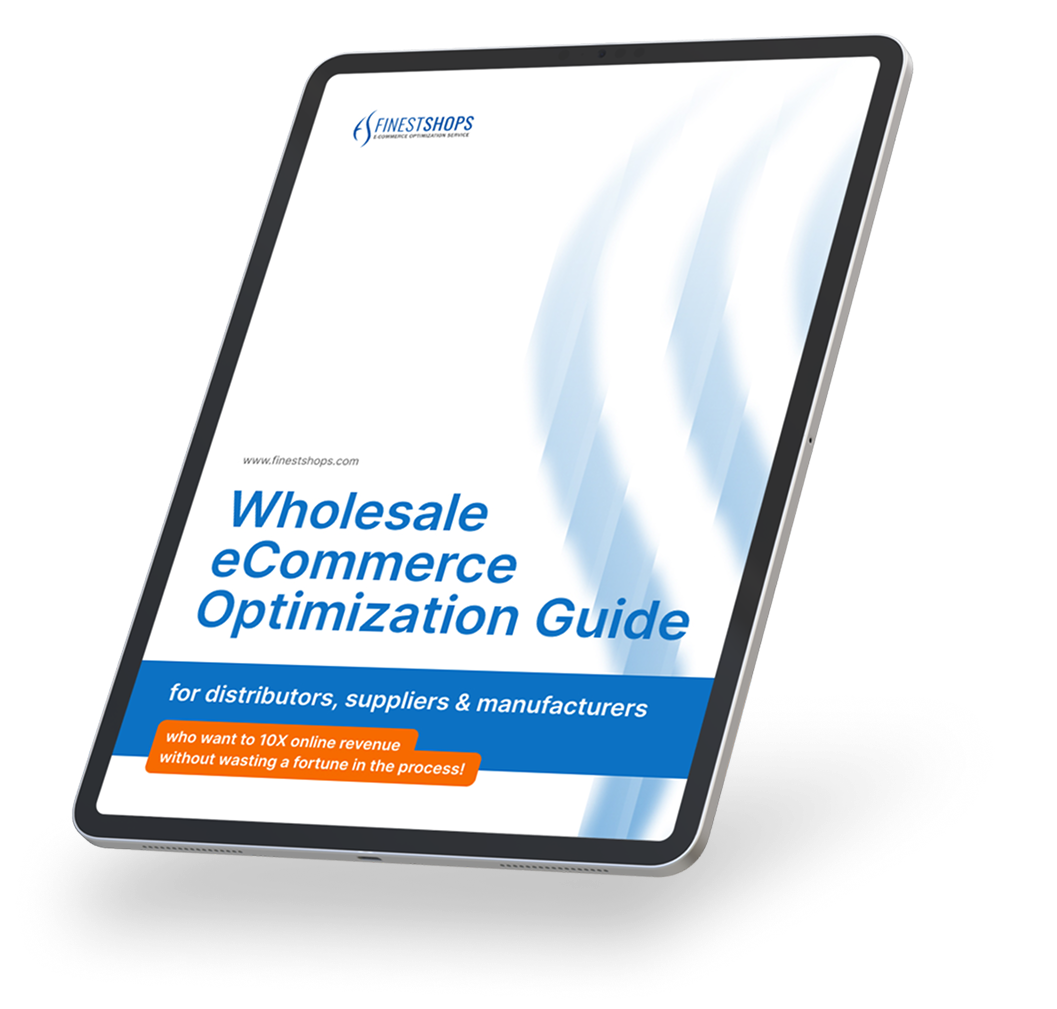There has never been a more important time to ensure your eCommerce website is working effectively and efficiently. Why? Mainly because we’re in the middle of one of the most unpredictable shopping seasons of all time due to the ongoing impact of the coronavirus pandemic. Not surprisingly, more and more customers are turning to the internet to shop – the pandemic has only accelerated this trend. This year, the number of digital shoppers had grown to 2.14 billion, which means competition between online businesses is heating up. You need to be getting your brand’s voice heard and your eCommerce website seen. And, it’s highly unlikely that every single person that visits your site will make a purchase, which means there’s always room for improvement. Here are our top three tips for eCommerce optimization.
Determine your keywords and use them
Do your research and find out what keywords your target audience is using, then use them – but use them smartly. And what we mean by ‘smartly’ is not using every single available keyword, especially those that are popular, or else the whole process will be pointless. Instead, when deciding which keyword to use, consider search volume, relevance, popularity, and ranking difficulty. There are plenty of tools available, depending on your budget, that can help identify what keywords you should be using. Use those keywords to create catchy product titles, strong product descriptions, web content, and blogs.
Remember, the copy across your website needs to be unique – so, while it might be tempting to simply duplicate product descriptions and content from other sites, it’s important that you avoid doing this. Simply put, Google does not like regurgitated content, so don’t do it. A top tip from us to further optimize your eCommerce website is to make sure your popular pages have around 500 words on them – this way, you’ll notice an increase in the amount of traffic driven to those pages.
Create strong metadata
Your keywords are also relevant when it comes to metadata.
Metadata is, in short, the unseen admin part of your eCommerce website that provides necessary information for search engines, which means getting it right plays a key role in optimizing your site. The page title tag (the clickable link that appears in the search engine) and meta description (the short description that sits under your page title when your industry or product is searched for) are two of the most important elements of helping to boost your website’s Search Engine Optimization (SEO), or in other words, Google ranking. You can edit both your title tags and meta descriptions in the admin part of your eCommerce website.
Set alt text for images
When it comes to Google, you need to remember that it can’t read images, but it can read text. With this in mind, you must add alternative (alt) text to your images to help search engines like Google find them. These should be simple descriptions of the image – an easy way to make sure you’re doing this correctly is to imagine you’re writing a description for a visually impaired user to help them understand what the image is of.
Of course, we’ve barely touched the surface when it comes to optimizing your eCommerce website. Get in touch with the team at Finest Shops. Our team of experts help suppliers and wholesalers convert more visitors while boosting online revenue thanks to eCommerce optimization.

